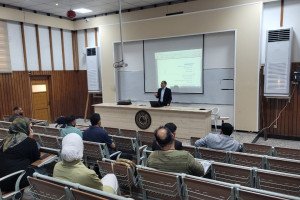A master’s thesis in the Department of Mechanical Engineering at the College of Engineering at the University of Basrah investigated (the effects of heat treatment and surface finish on the crevice corrosion resistance of stainless steel) by Fatima Samir Ahmed. The hemorrhoids are less than 410 AISI and 416 AISI
During this study, the practical part included material selection, chemical composition tests, sample preparation before heat treatment, stenosis with a temperature range (925C - 1010) and for periods of time (30, 45, 90) minutes, damping with air and oil, followed by a normalization process with a temperature range (205C - 205). 605) for a period of 45 minutes, microhardness tests, sample grinding, surface roughness measurements, crevice corrosion tests, crevice depth assessment, and microstructure tests.
Theoretically, both graphical and microscopic analysis of the obtained scientific results were performed for the purpose of data analysis, empirical equations were calculated for the maximum crack depth under the influence of both roughness and hardness for each of AISI 410 and AISI 416
The results showed that the increase in hardness and surface roughness leads to a decrease in the resistance to crevice corrosion. They also showed that the increase in crevice corrosion with the increase in hardness was attributed to the deposition of chromium carbides.






